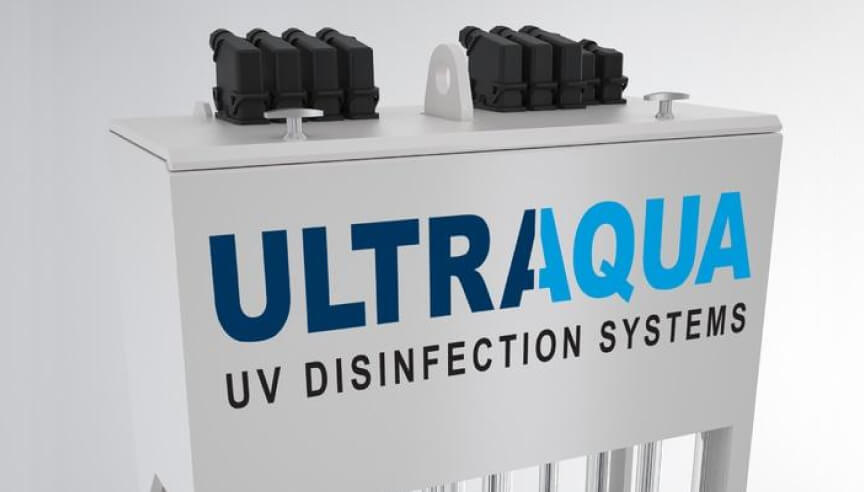Recent Posts
Determinants of UV Lamp Lifetime in Water Disinfection

Determinants of UV Lamp Lifetime in Water Disinfection Systems
Ultraviolet (UV) lamps are integral components of water disinfection systems, providing the necessary UV radiation to neutralize harmful microorganisms. The efficiency and effectiveness of these systems are directly linked to the performance and longevity of their UV lamps. Several factors determine the lifetime of UV lamps in water disinfection systems, influencing their operational costs and maintenance schedules. Here, we explore the key determinants of UV lamp lifespan.
1. Lamp Type and Quality
The type and quality of the UV lamp are fundamental in determining its lifespan. There are several types of UV lamps used in water disinfection systems, including low-pressure (LP) mercury lamps, amalgam lamps, and medium-pressure (MP) mercury lamps. Each type has distinct characteristics:
- Low-Pressure Mercury Lamps:
Typically offer longer lifespans, often exceeding 9,000 hours, due to their lower operating temperatures and consistent UV output. - Amalgam Lamps:
A variant of low-pressure lamps that incorporate an amalgam to stabilize mercury vapor pressure, extending lamp life to around 12,000 hours. - Medium-Pressure Mercury Lamps:
Operate at higher temperatures and provide higher UV intensity but usually have shorter lifespans, around 3,000 to 5,000 hours.
The manufacturing quality also plays a critical role. High-quality lamps made with superior materials and precise engineering tend to last longer and maintain stable UV output over their lifetime.
2. Operational Hours and On/Off Cycling
The total number of operational hours is a straightforward determinant of a UV lamp’s lifetime. However, the frequency of on/off cycling can also significantly impact lamp longevity. Frequent switching on and off can cause thermal stress and reduce the lifespan of the lamp. Continuous operation or minimizing the number of on/off cycles can help extend the lamp’s useful life.
3. Operating Temperature
The operating temperature of the UV lamp affects its performance and longevity. Lamps are designed to operate within specific temperature ranges; deviations from these ranges can accelerate wear and decrease lifespan. Overheating can lead to premature failure, while operating at too low temperatures can reduce UV output efficiency. Proper cooling mechanisms and maintaining ambient temperatures within recommended limits are essential for optimal lamp performance.
4. Water Quality
The quality of the water being treated also influences the lifespan of UV lamps. Factors include:
- Hardness and Mineral Content:
High levels of hardness and minerals can lead to scaling on the lamp surface or quartz sleeve, reducing UV output and necessitating more frequent cleaning or replacement. - Organic Compounds and Fouling:
The presence of organic compounds can cause fouling on the lamp or quartz sleeve, diminishing the UV transmission and efficiency. Regular cleaning and maintenance can mitigate these effects but can also introduce wear and tear over time.
5. System Design and Maintenance
The design of the UV disinfection system and its maintenance regimen are critical in determining lamp longevity. Key design considerations include:
- Cooling and Ventilation:
Effective cooling and ventilation systems help maintain optimal operating temperatures and extend lamp life. - Quartz Sleeve Quality:
High-quality quartz sleeves protect the lamp and maintain UV transmission. Regular cleaning and proper maintenance of these sleeves are essential. - Electrical Components:
Reliable ballasts and electrical connections ensure stable power supply to the lamps, preventing voltage fluctuations that can shorten lamp life.
Regular and proactive maintenance practices, including timely cleaning of quartz sleeves and replacement of worn-out components, are vital in extending the operational life of UV lamps.
6. Manufacturer Recommendations and Warranties
Following the manufacturer’s recommendations regarding installation, operation, and maintenance is crucial for maximizing lamp lifespan. Adhering to guidelines on operating conditions, maintenance schedules, and proper handling can prevent premature failure. Additionally, choosing lamps from reputable manufacturers that offer robust warranties and support can provide assurance of longer lifespans and better performance.
Conclusion
The lifetime of UV lamps in water disinfection systems is determined by a combination of factors, including lamp type and quality, operational hours and on/off cycling, operating temperature, water quality, system design and maintenance, and adherence to manufacturer recommendations. Understanding and managing these determinants can help in optimizing the performance and cost-effectiveness of UV water disinfection systems, ensuring reliable and safe water treatment.
